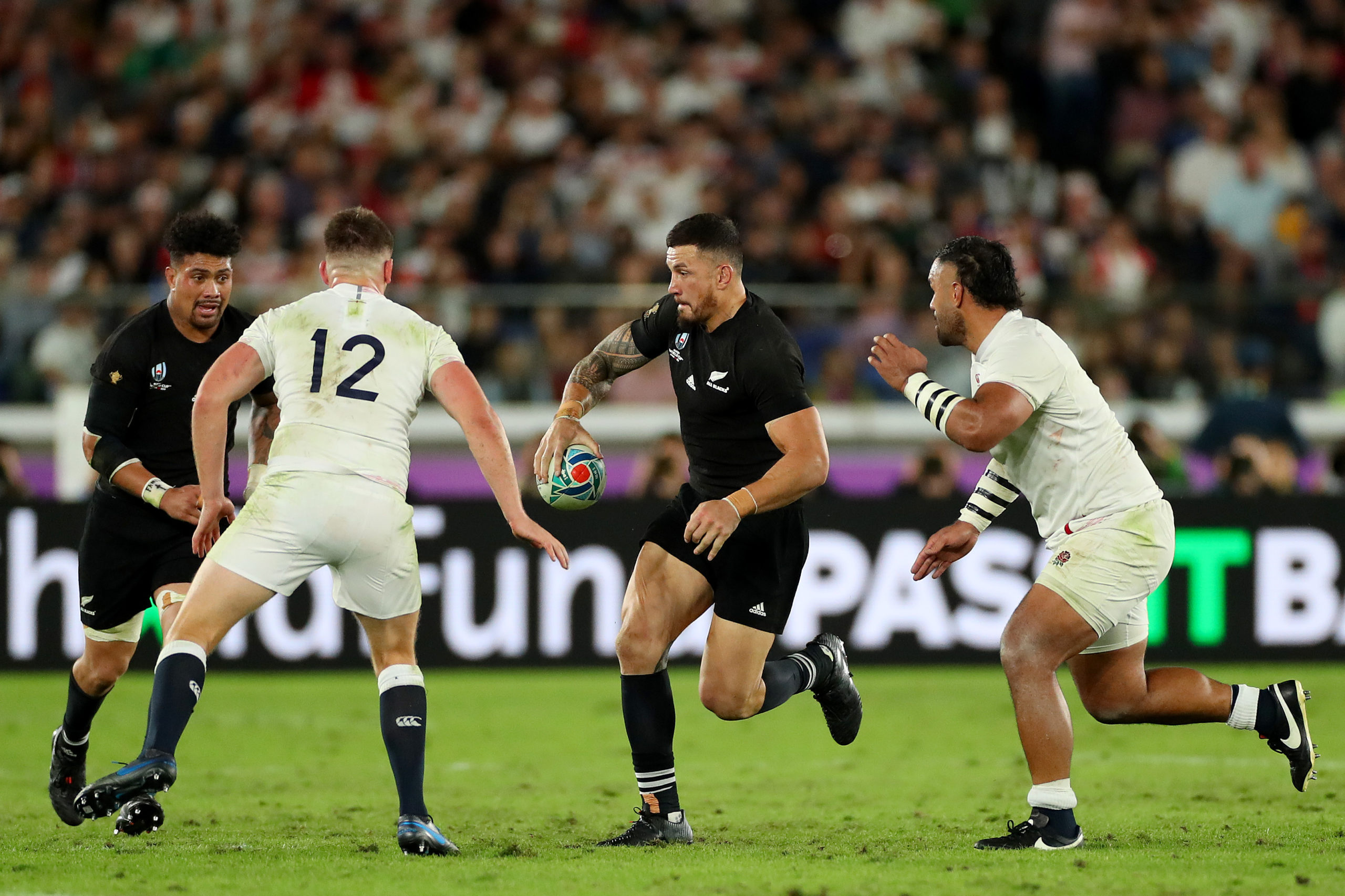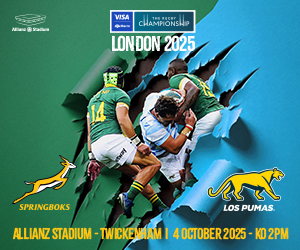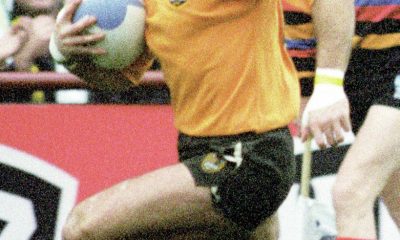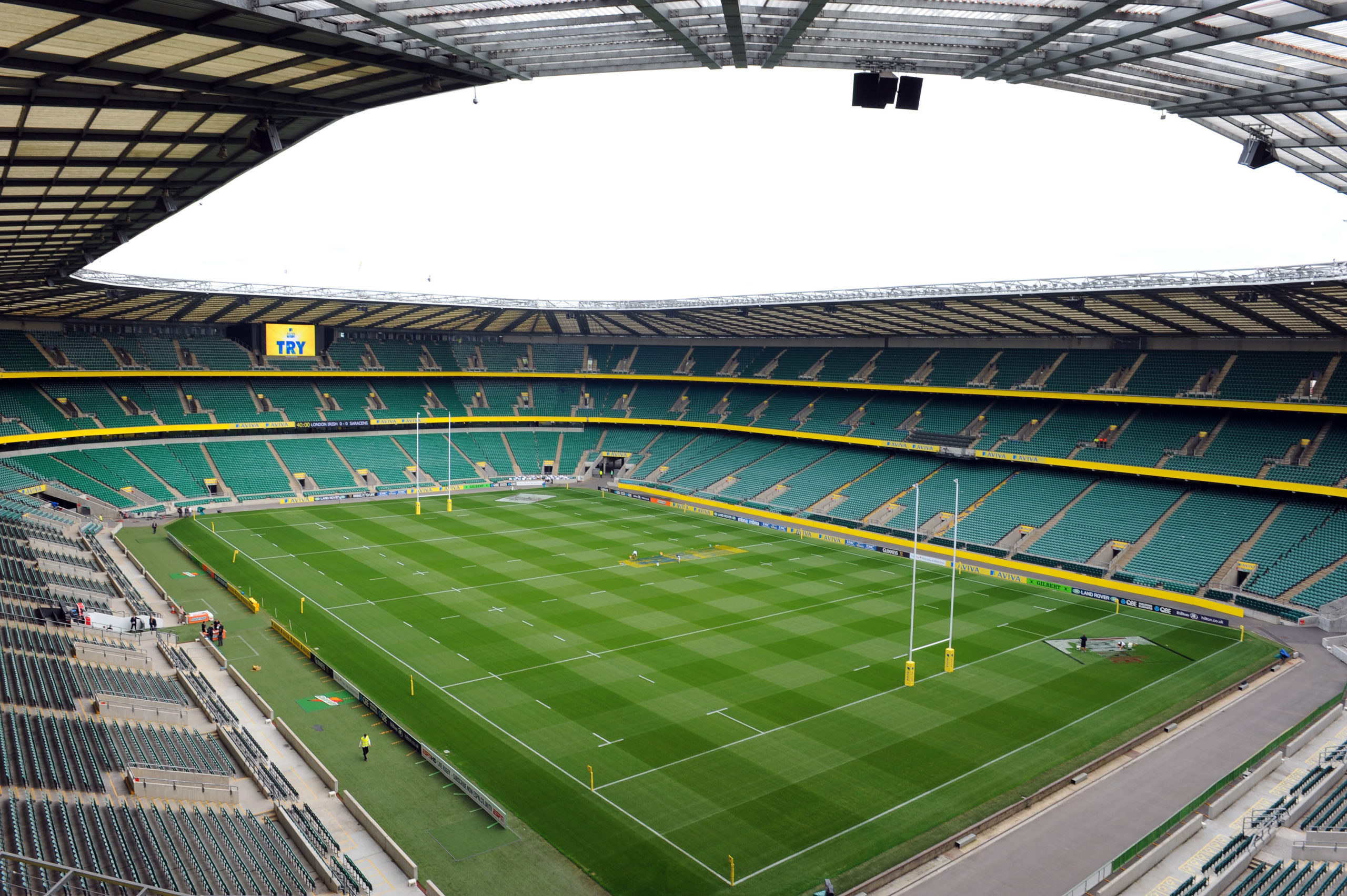
This, despite an almost continual deluge of negative comments from all sections of the media, public and, in particular, my old mate Brian Moore which could be avoided if the IRB reacted quickly and told referees to enforce the laws of the game as written.
Former Australian and Argentinian international prop Enrique (Topo) Rodriguez was so worried about the current situation at the scrum he contacted a number of former players and coaches and formed the Scrum Experts Lobby (SEL), a group of 19 ex-international players (of which I am one) and coaches with more than 500 front row caps from eight countries to gather opinions and offer recommendations to the IRB’s Scrum Steering Group.
SEL presented a paper to the IRB making five recommendations. It was a consensus of philosophies which embraces the need to re-establish the Rugby Union scrum as a safe, fair, physical, mental and attitudinal contest for possession; meaning that it is a means of bringing the ball back into play following a contest conducted to the letter of the Law and in the spirit of the game.
This would be received by the rugby community with a sense of relief as the scrum is currently viewed ambivalently, detested by the uninitiated and causing concern to the stakeholders, particularly the media.
1. Safety First:
1. The scrumaging contest for possession must take place within the stipulation of the Laws of the game.
2. All the Laws relating to the scrum should be respected and enforced by officials, administrators, referees, players and coaches.
2. Features that need to be eradicated:
1. The use of the word ‘hit’ by the referee.
2. A crooked-feed, in either direction to the scrum.
Both are flagrant infringements of the Laws of Rugby Union!
3. Role of the Referees:
1.The referee is the ultimate authority in the 80 minutes of play.
2. Refereeing is not to be confused with coaching, or giving tactical orders. This means referees need to restrict themselves to the book of the Laws. This will give them more time to concentrate on many other facets of play.
3. Referees should assume a neutral role which is not so when they start making comments about the ‘dominant scrum’.
4. Referees are technical arbiters of the Laws and not self-appointed (or institutionally appointed) managers who control the players, tactical aspects of the game or its nature. Refereeing and management are two completely different activities with utterly different motivations, aspirations and skill-sets.
5. However, referees must be given more discretion to be able to interpret the technical minutiae, so as to favour ‘outcomes over process’.
4. Scrums should be:
1. Stationary before the ball is put in.
2. Steady and square.
3. Also, both packs must not push before the ball is put-in.
4. The ball must go into the scrum straight along the middle line between the two front rows thus making hooking by either front row (once it has passed the line of the first foot) a viable option and thus should be reinstated as players’ tactical option.
5. Both packs may push as little or as much as they wish after the ball has been put in.
6. ‘Wheeling’, is a destructive and negative tactic. So it should be completely outlawed (perhaps allowing a tolerance of 45 degrees for accidental wheeling)
All these points are based on the notion that the scrum is not only a way to re-start the game but also a foundation from which teams start building their attack and their defence. They are also reiterating the Laws as written.
5. Engagement sequence:
1. A two-step (‘Crouch – Pack’ or ‘Ready – Set’) would reduce margins of error and preparation time.
2. The referee will strictly control both steps, giving his/her directions when he/she considers both packs are in ‘readiness mode’ (i.e. safe and stable).
3. A pre-bind (currently on trial) seems to be favoured in order to eradicate the ‘Hit’.
4. Therefore, if the pre-bind regulation is adopted, the pre-engagement distance between front rows should be within ‘binding’ (gripping) distance.
The pre-bind will come into practise at the start of next season but I think that it has many potential dangers that have been overlooked by the Scrum Steering Group, which, in my opinion, doesn’t have enough front row players among its membership.
When the IRB first introduced referee-led engagement with the ‘Crouch, Touch, Pause, Engage’ call in 2007 it became obvious to all that it did not work as they had hoped, despite a lengthy trial before its introduction. But it took five years before they revised the call.
There have been two more attempts at trying to sort out the mess but they, too, have failed, so we have now arrived at what the SSG call ‘a tested solution that will permanently fix the situation’.
We can only hope for the sake of the scrum and the game that they are right and the ‘scrum experts’ are wrong.

Women's International
Sadia Kabeya is ready to have fun as the Red Roses seek World Cup glory on home soil






























You must be logged in to post a comment Login